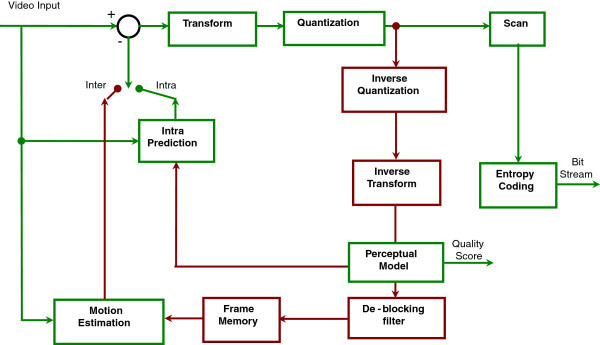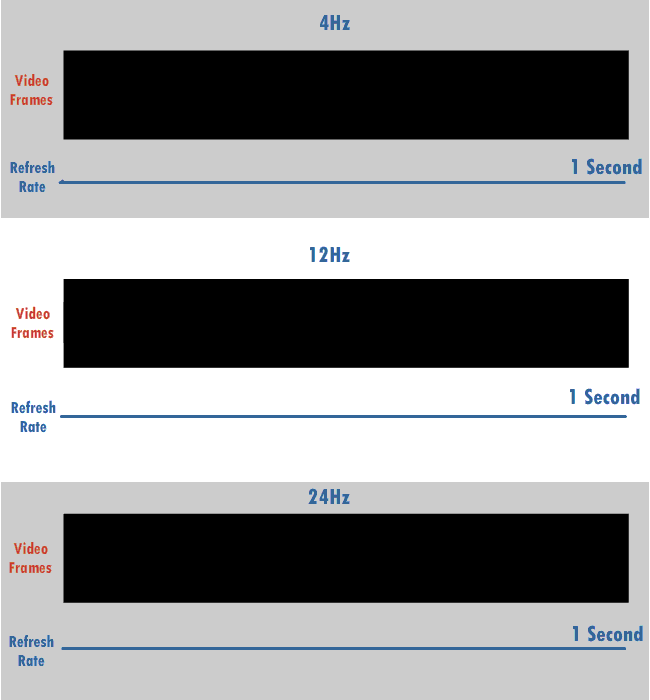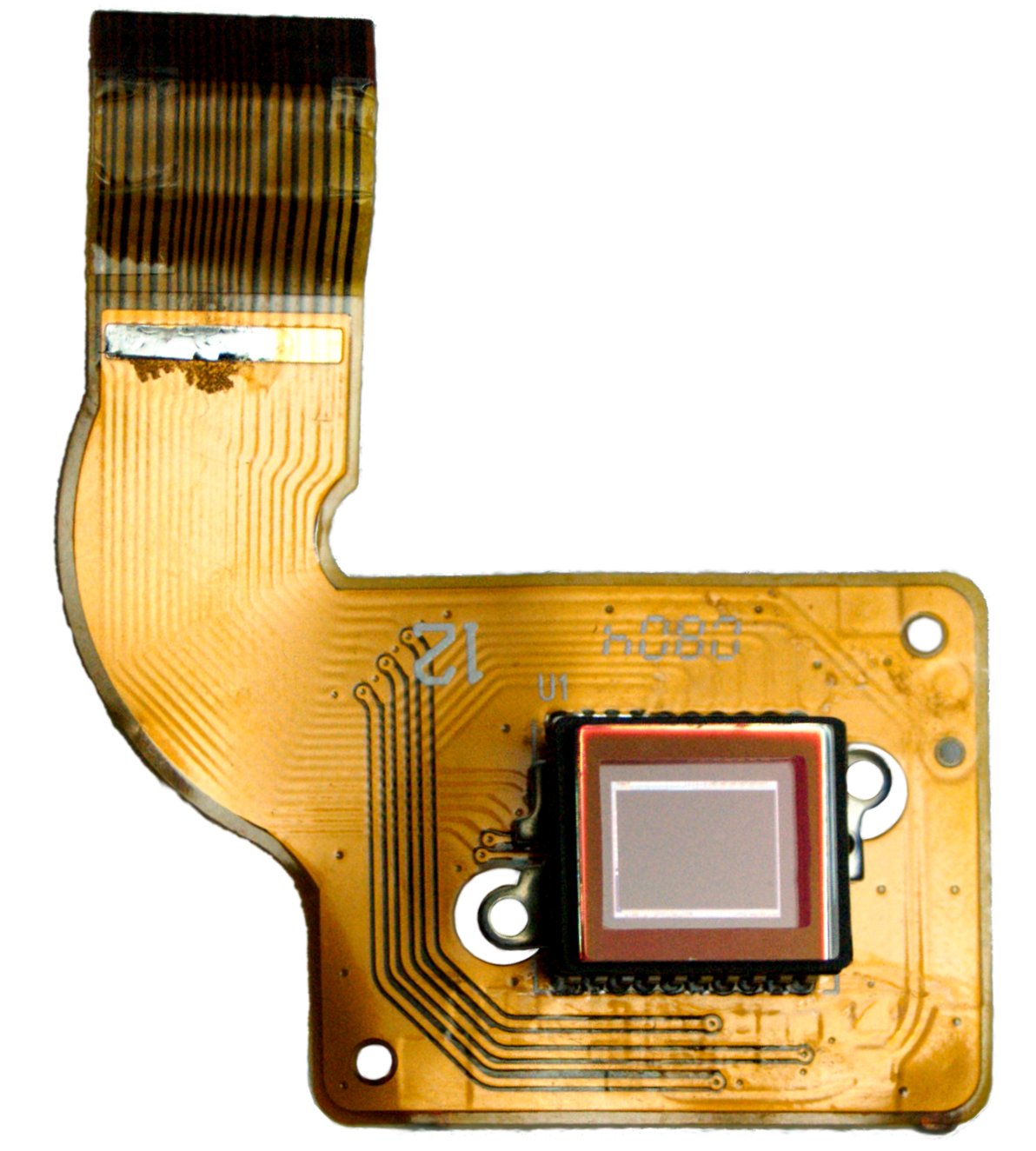|
Apple A16
The Apple A16 Bionic is a 64-bit ARM-based system on a chip (SoC) designed by Apple Inc. and manufactured by TSMC. It is used in the iPhone 14 Pro and 14 Pro Max models only. Design The Apple A16 Bionic features an Apple-designed 64-bit six-core CPU implementing ARMv8.6-A (no SM4 of v8.6, but with HCX) with two "Everest" high-performance cores running at 3.46 GHz, and four "Sawtooth" energy-efficient cores running at 2.02 GHz, in a similar design to the A15 processor on iPhone 14. Apple claims the A16 is about 40 % faster than the competition, and it also has new efficiency cores, with their big advantage being they use a third of the power of the best efficiency cores of other phones on the market. The A16 contains 16 billion transistors, a 6.7 % increase from the A15's transistor count of 15 billion. It includes an improved dedicated neural network with 16 cores known as the "Neural Engine", a new image signal processor (ISP) with improved computational photography c ... [...More Info...] [...Related Items...] OR: [Wikipedia] [Google] [Baidu] |
5 Nm Process
In semiconductor manufacturing, the International Roadmap for Devices and Systems defines the 5 nm process as the MOSFET technology node following the 7 nm node. In 2020, Samsung and TSMC entered volume production of 5 nm chips, manufactured for companies including Apple, Marvell, Huawei and Qualcomm. The term "5 nanometer" has no relation to any actual physical feature (such as gate length, metal pitch or gate pitch) of the transistors. According to the projections contained in the 2021 update of the International Roadmap for Devices and Systems published by IEEE Standards Association Industry Connection, a 5 nm node is expected to have a contacted gate pitch of 51 nanometers and a tightest metal pitch of 30 nanometers. However, in real world commercial practice, "5 nm" is used primarily as a marketing term by individual microchip manufacturers to refer to a new, improved generation of silicon semiconductor chips in terms of increased transistor density (i ... [...More Info...] [...Related Items...] OR: [Wikipedia] [Google] [Baidu] |
Advanced Video Coding
Advanced Video Coding (AVC), also referred to as H.264 or MPEG-4 Part 10, is a video compression standard based on block-oriented, motion-compensated coding. It is by far the most commonly used format for the recording, compression, and distribution of video content, used by 91% of video industry developers . It supports resolutions up to and including 8K UHD. The intent of the H.264/AVC project was to create a standard capable of providing good video quality at substantially lower bit rates than previous standards (i.e., half or less the bit rate of MPEG-2, H.263, or MPEG-4 Part 2), without increasing the complexity of design so much that it would be impractical or excessively expensive to implement. This was achieved with features such as a reduced-complexity integer discrete cosine transform (integer DCT), variable block-size segmentation, and multi-picture inter-picture prediction. An additional goal was to provide enough flexibility to allow the standard to be appl ... [...More Info...] [...Related Items...] OR: [Wikipedia] [Google] [Baidu] |
Apple Silicon
Apple silicon is a series of system on a chip (SoC) and system in a package (SiP) processors designed by Apple Inc., mainly using the ARM architecture. It is the basis of most new Mac computers as well as iPhone, iPad, iPod Touch, Apple TV, and Apple Watch, and of products such as AirPods, HomePod, HomePod Mini, and AirTag. Apple announced its plan to switch Mac computers from Intel processors to Apple silicon at WWDC 2020 on June 22, 2020. The first Macs built with the Apple M1 processor were unveiled on November 10, 2020. In 2022, the newest Mac models were built with Apple silicon; only older models of the Mac Mini and the Mac Pro still use Intel Core and Xeon processors respectively. Apple fully controls the integration of Apple silicon chips with the company's hardware and software products. Johny Srouji is in charge of Apple's silicon design. Manufacturing of the chips is outsourced to semiconductor contract manufacturers such as Samsung and TSMC. A s ... [...More Info...] [...Related Items...] OR: [Wikipedia] [Google] [Baidu] |
Brightness
Brightness is an attribute of visual perception in which a source appears to be radiating or reflecting light. In other words, brightness is the perception elicited by the luminance of a visual target. The perception is not linear to luminance, and relies on the context of the viewing environment (for example, see White's illusion). Brightness is a subjective sensation of an object being observed and one of the color appearance parameters of many color appearance models, typically denoted as Q. Brightness refers to how much light ''appears to shine'' from something. This is a different perception than lightness, which is how light something appears ''compared to'' a similarly lit white object. The adjective ''bright'' derives from an Old English ''beorht'' with the same meaning via metathesis giving Middle English ''briht''. The word is from a Common Germanic ', ultimately from a PIE root with a closely related meaning, *' "white, bright". "Brightness" was formerly used as a s ... [...More Info...] [...Related Items...] OR: [Wikipedia] [Google] [Baidu] |
Refresh Rate
The refresh rate (or "vertical refresh rate", "vertical scan rate", terminology originating with the cathode ray tubes) is the number of times per second that a raster-based display device displays a new image. This is independent from frame rate, which describes how many images are stored or generated every second by the device driving the display. On cathode ray tube (CRT) displays, higher refresh rates produce less flickering, thereby reducing eye strain. In other technologies such as liquid-crystal displays, the refresh rate affects only how often the image can potentially be updated. Non-raster displays may not have a characteristic refresh rate. Vector displays, for instance, do not trace the entire screen, only the actual lines comprising the displayed image, so refresh speed may differ by the size and complexity of the image data. For computer programs or telemetry, the term is sometimes applied to how frequently a datum is updated with a new external value from a ... [...More Info...] [...Related Items...] OR: [Wikipedia] [Google] [Baidu] |
Image Sensor
An image sensor or imager is a sensor that detects and conveys information used to make an image. It does so by converting the variable attenuation of light waves (as they pass through or reflect off objects) into signals, small bursts of current that convey the information. The waves can be light or other electromagnetic radiation. Image sensors are used in electronic imaging devices of both analog and digital types, which include digital cameras, camera modules, camera phones, optical mouse devices, medical imaging equipment, night vision equipment such as thermal imaging devices, radar, sonar, and others. As technology changes, electronic and digital imaging tends to replace chemical and analog imaging. The two main types of electronic image sensors are the charge-coupled device (CCD) and the active-pixel sensor ( CMOS sensor). Both CCD and CMOS sensors are based on metal–oxide–semiconductor (MOS) technology, with CCDs based on MOS capacitors and CMOS sensors ba ... [...More Info...] [...Related Items...] OR: [Wikipedia] [Google] [Baidu] |
LPDDR
Low-Power Double Data Rate (LPDDR), also known as LPDDR SDRAM, is a type of synchronous dynamic random-access memory that consumes less power and is targeted for mobile computers and devices such as mobile phones. Older variants are also known as Mobile DDR, and abbreviated as mDDR. Modern LPDDR SDRAM is distinct from DDR SDRAM, with various differences that make the technology more appropriate for the mobile application. LPDDR technology standards are developed independently of DDR standards, with LPDDR4X and even LPDDR5 for example being implemented prior to DDR5 SDRAM and offering far higher data rates than DDR4 SDRAM. Bus width In contrast with standard SDRAM, used in stationary devices and laptops and usually connected over a 64-bit wide memory bus, LPDDR also permits 16- or 32-bit wide channels. The "E" versions mark enhanced versions of the specifications. They formalize overclocking the memory array up to 266 MHz for a 33% performance boost. Memory modules impl ... [...More Info...] [...Related Items...] OR: [Wikipedia] [Google] [Baidu] |
Random-access Memory
Random-access memory (RAM; ) is a form of computer memory that can be read and changed in any order, typically used to store working data and machine code. A random-access memory device allows data items to be read or written in almost the same amount of time irrespective of the physical location of data inside the memory, in contrast with other direct-access data storage media (such as hard disks, CD-RWs, DVD-RWs and the older magnetic tapes and drum memory), where the time required to read and write data items varies significantly depending on their physical locations on the recording medium, due to mechanical limitations such as media rotation speeds and arm movement. RAM contains multiplexing and demultiplexing circuitry, to connect the data lines to the addressed storage for reading or writing the entry. Usually more than one bit of storage is accessed by the same address, and RAM devices often have multiple data lines and are said to be "8-bit" or "16-bit", etc ... [...More Info...] [...Related Items...] OR: [Wikipedia] [Google] [Baidu] |
Graphics Processing Unit
A graphics processing unit (GPU) is a specialized electronic circuit designed to manipulate and alter memory to accelerate the creation of images in a frame buffer intended for output to a display device. GPUs are used in embedded systems, mobile phones, personal computers, workstations, and game consoles. Modern GPUs are efficient at manipulating computer graphics and image processing. Their parallel structure makes them more efficient than general-purpose central processing units (CPUs) for algorithms that process large blocks of data in parallel. In a personal computer, a GPU can be present on a video card or embedded on the motherboard. In some CPUs, they are embedded on the CPU die. In the 1970s, the term "GPU" originally stood for ''graphics processor unit'' and described a programmable processing unit independently working from the CPU and responsible for graphics manipulation and output. Later, in 1994, Sony used the term (now standing for ''graphics processing ... [...More Info...] [...Related Items...] OR: [Wikipedia] [Google] [Baidu] |
Semiconductor Device Fabrication
Semiconductor device fabrication is the process used to manufacture semiconductor devices, typically integrated circuit (IC) chips such as modern computer processors, microcontrollers, and memory chips such as NAND flash and DRAM that are present in everyday electrical and electronics, electronic devices. It is a multiple-step sequence of Photolithography, photolithographic and chemical processing steps (such as surface passivation, thermal oxidation, planar process, planar diffusion and p–n junction isolation, junction isolation) during which electronic circuits are gradually created on a wafer (electronics), wafer made of pure semiconducting material. Silicon is almost always used, but various compound semiconductors are used for specialized applications. The entire manufacturing process takes time, from start to packaged chips ready for shipment, at least six to eight weeks (tape-out only, not including the circuit design) and is performed in highly specialized semiconduct ... [...More Info...] [...Related Items...] OR: [Wikipedia] [Google] [Baidu] |
De Facto
''De facto'' ( ; , "in fact") describes practices that exist in reality, whether or not they are officially recognized by laws or other formal norms. It is commonly used to refer to what happens in practice, in contrast with '' de jure'' ("by law"), which refers to things that happen according to official law, regardless of whether the practice exists in reality. History In jurisprudence, it mainly means "practiced, but not necessarily defined by law" or "practiced or is valid, but not officially established". Basically, this expression is opposed to the concept of "de jure" (which means "as defined by law") when it comes to law, management or technology (such as standards) in the case of creation, development or application of "without" or "against" instructions, but in accordance with "with practice". When legal situations are discussed, "de jure" means "expressed by law", while "de facto" means action or what is practiced. Similar expressions: "essentially", "unofficial", " ... [...More Info...] [...Related Items...] OR: [Wikipedia] [Google] [Baidu] |






